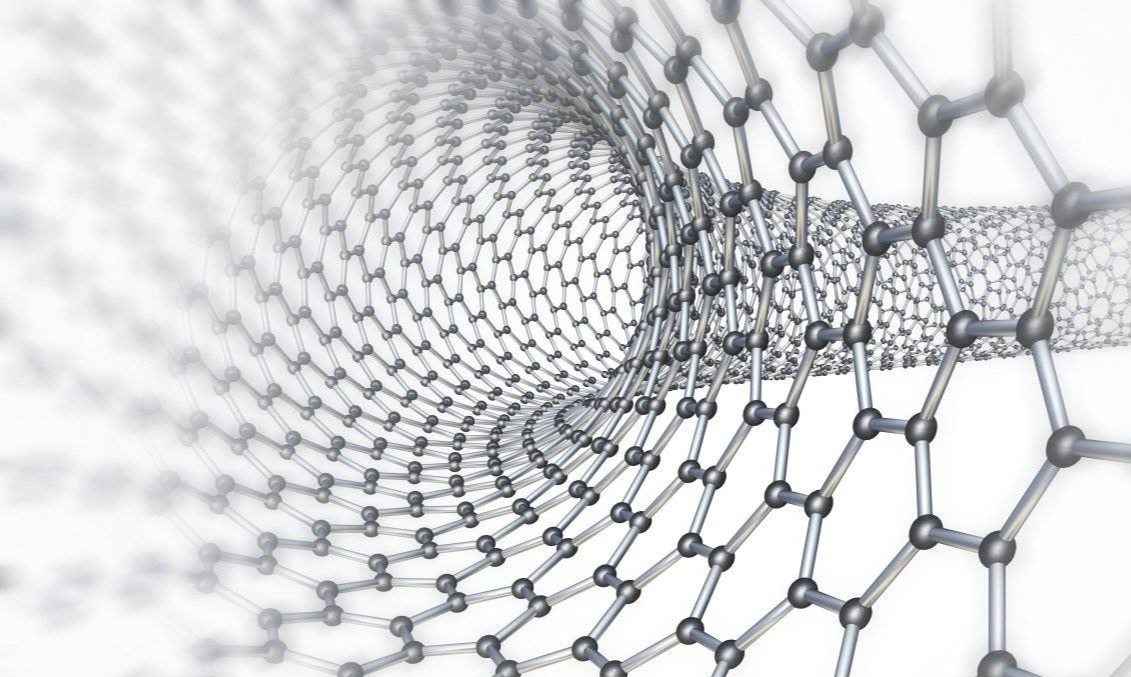Carbon Nanotube Sensor of Icing and Humidity
A method of production for a carbon nanotube (CNT) sensor using an acidic solution, temperature control and filtration
Conventional systems for sensing moisture use a Loop Powered Dewpoint Transmitter (LPDT). The LPDT system lets a user monitor the operation of a sensor constructed as a capacitor in order to view dewpoint. This capacitor usually has a dielectric consisting of porous aluminum oxide. The user can monitor the gas entering the pores of the aluminum oxide as well, in order to view dewpoint. Aluminum oxide keeps capacitance constant; capacitance varies through adsorption of water on the surface of aluminum oxide, based on water vapor content and pressure. The drawback of LPDT is these sensors often create changes in pore volume because of issues like contaminant clogging, metal migration, and residual oxidation, among others. To fix this, the sensor must be re-calibrated.
This technology is a system for determining dewpoint, including a carbon nanotube (CNT) condensation sensor. This sensor consists of placing at least one CNT in acid solution (comprising concentrated sulfuric acid and nitric acid), which generates a dispersion. Mechanical energy (sonication) is applied to the dispersion, and then the dispersion is heated. The dispersion is cooled, and then mechanical energy (stirring) is applied again. The dispersion is then filtered using deionized water and heated to a third determined temperature, creating CNT powder. This powder is placed in deionized water; the CNT powder in deionized water is then deposited on a surface as CNT film. This film is then placed on an insulating dielectric surface, which has a pattern of conductive material, and this material engages with the CNT film.
 Please note, header image is purely illustrative. Source: Kyla Clay - flickr -CC BY 2.0
Please note, header image is purely illustrative. Source: Kyla Clay - flickr -CC BY 2.0
- Production of CNT sensor takes between 1 and 24 hours - Production temperature ranges from about 20 to 120 degrees Celsius (including periods of heating and cooling) - The surface where the film is deposited can be either removable or dissolvable
- Moisture sensing systems - Repeatedly detecting absolute humidity in terms of: - Dew - Frost point - Relative humidity
Patent application submitted
US-2019-0025137-A1
Available for licensing.
Development partner,Commercial partner,Licensing
Patent Information:
| App Type |
Country |
Serial No. |
Patent No. |
Patent Status |
File Date |
Issued Date |
Expire Date |
|